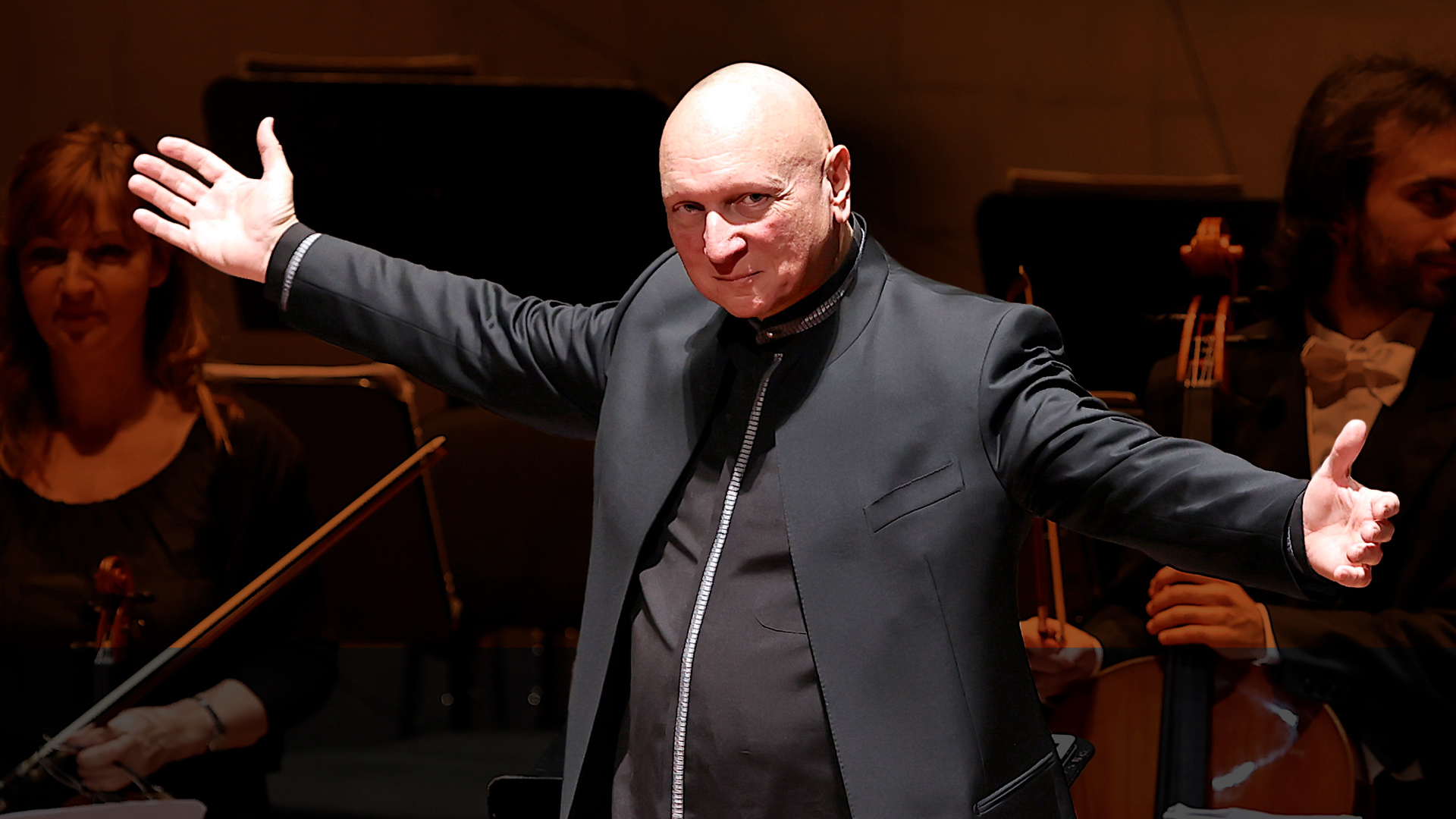WOLFGANG AMADEUS MOZART
La Betulia liberata K. 118
with libretto by Pietro Metastasio, selection from the oratorio
Cabri / Amital
Angelica Disanto
Giuditta
Antonia Fino
Ozia
Luigi Morassi
Achior
Omar Cepparolli
Conductor
Diego Fasolis
Opera Carlo Felice Genova Orchestra
La Betulia liberata is a oratorio sacro in two parts composed by Mozart between Padua and Salzburg during March and April of 1771. The oratorio was commissioned by the same city of Padua for its Lent holiday of the following year, though there is no witness of its effective execution during the composer’s life. The libretto is in line with the author’s poetics, Pietro Metastasio’s, who wished to put the moral rigor of religious references – the Ancient Testament in particular – back at the center of the oratorio genre, in clear contrast with the introduction of sensationalistic topics. Metastasio’s work follows the sacred action from the Book of Judith with a linear style. In the first part of the oratorio, the city of Betulla is sieged by the Assyrian leader Holophernes. As she hears of a possible surendering, the noble widow of Manasse, Judith, incites with fervor the people of Betullia (among which, the noblewoman Amital and the leaders of the peoples Cabri and Carmi), praying for a mysterious event which is about to happen. While Achior (leader of the Ammonites) and Ozia (governor of Betulia) debate on the themes of polytheism and monotheism, Judith shockingly abandons the city. In the second part, Judith returns to Betulia triumphantly with the Holophernes’ head and tells the story of the beheading to the citizens. Achior converts to the Jewish faith and remains in Betulia, which is no longer under siege.
Mozart works with such a genre drawing on main representatives of the oratorio genres: the artists of the Neapolitan School Leonardo Leo and Johann Adolf Hasse, reflecting his affinity to the Italian culture also in the choice of the libretto by Metastasio. Mozart’s writing always maintains the dialogue between soloists and orchestra alive, with a solemn tension introduced in the ouverture in three time signatures (Allegro – Andante – Presto) in D minor. The arias are rich in intense and dramatic creativity, while the central role of the sentiments and their expression represents one of the major intersections with the authors from the Neapolitan School.
Ludovica Gelpi

